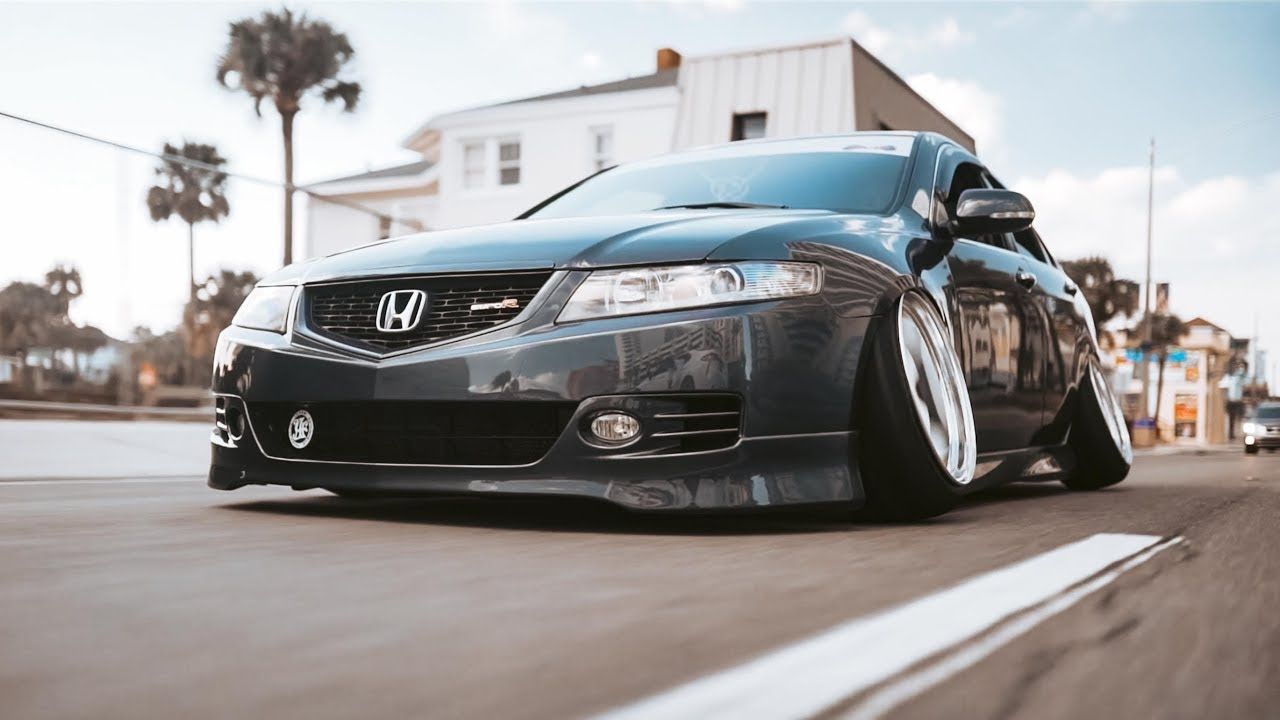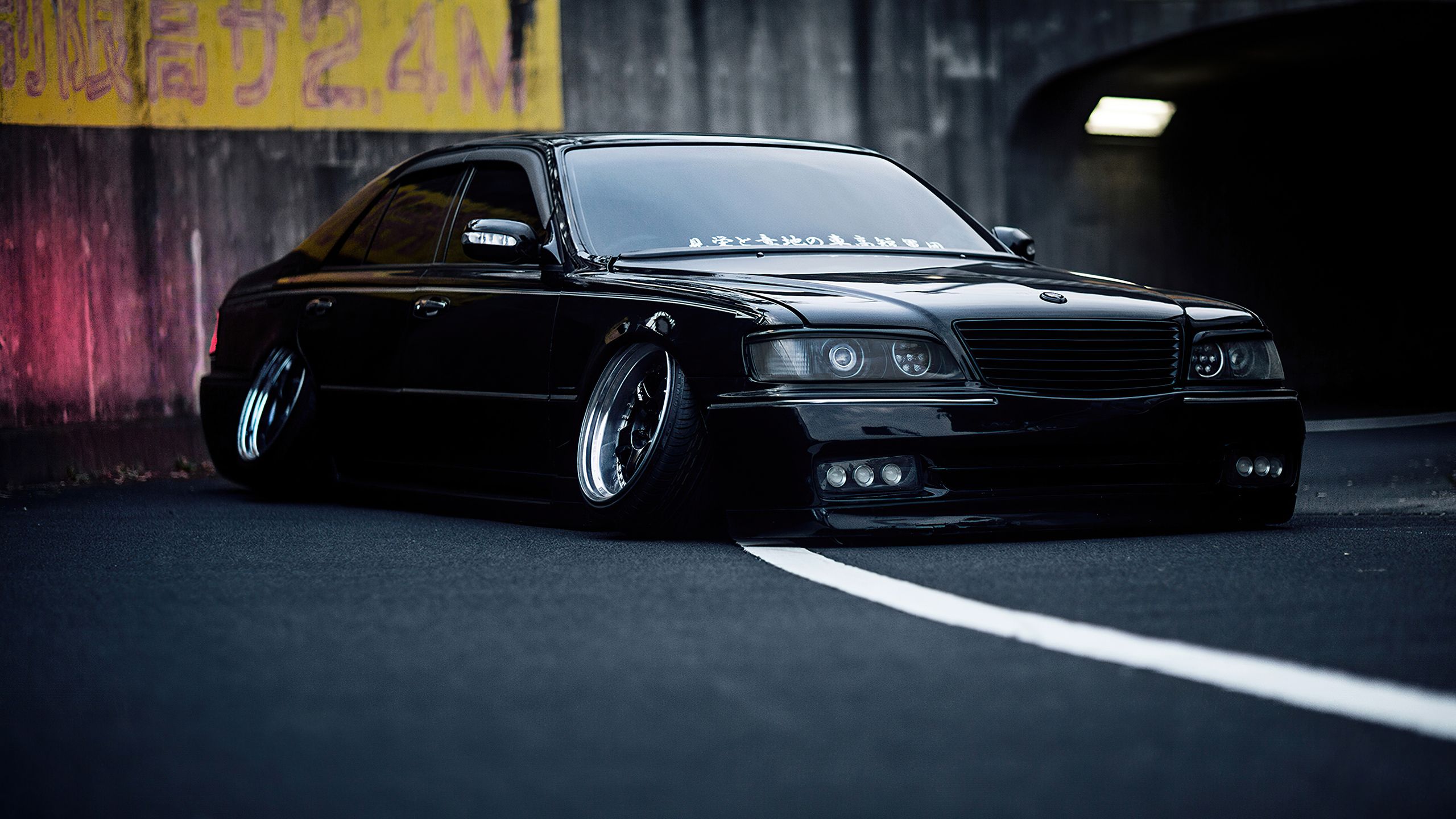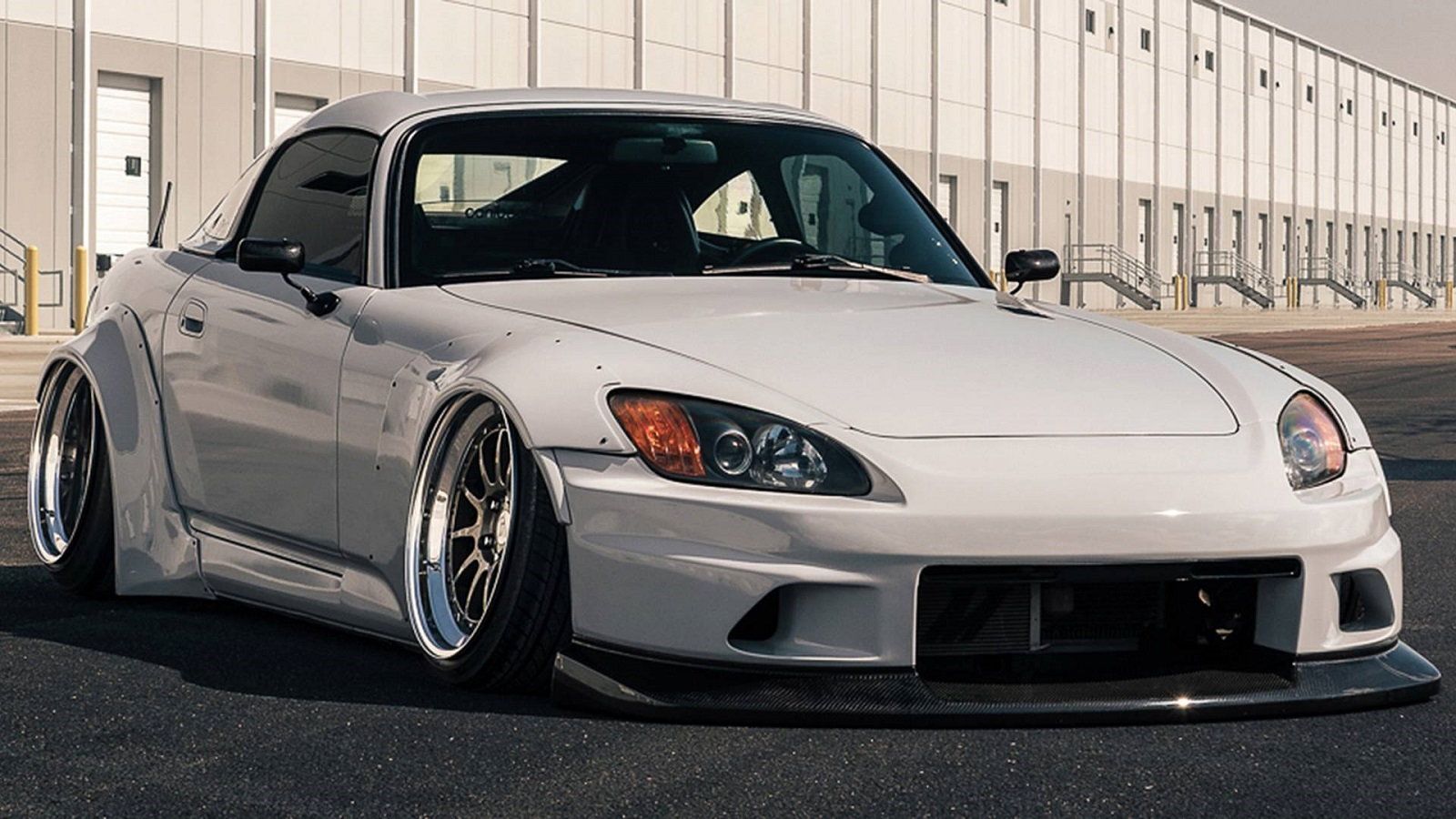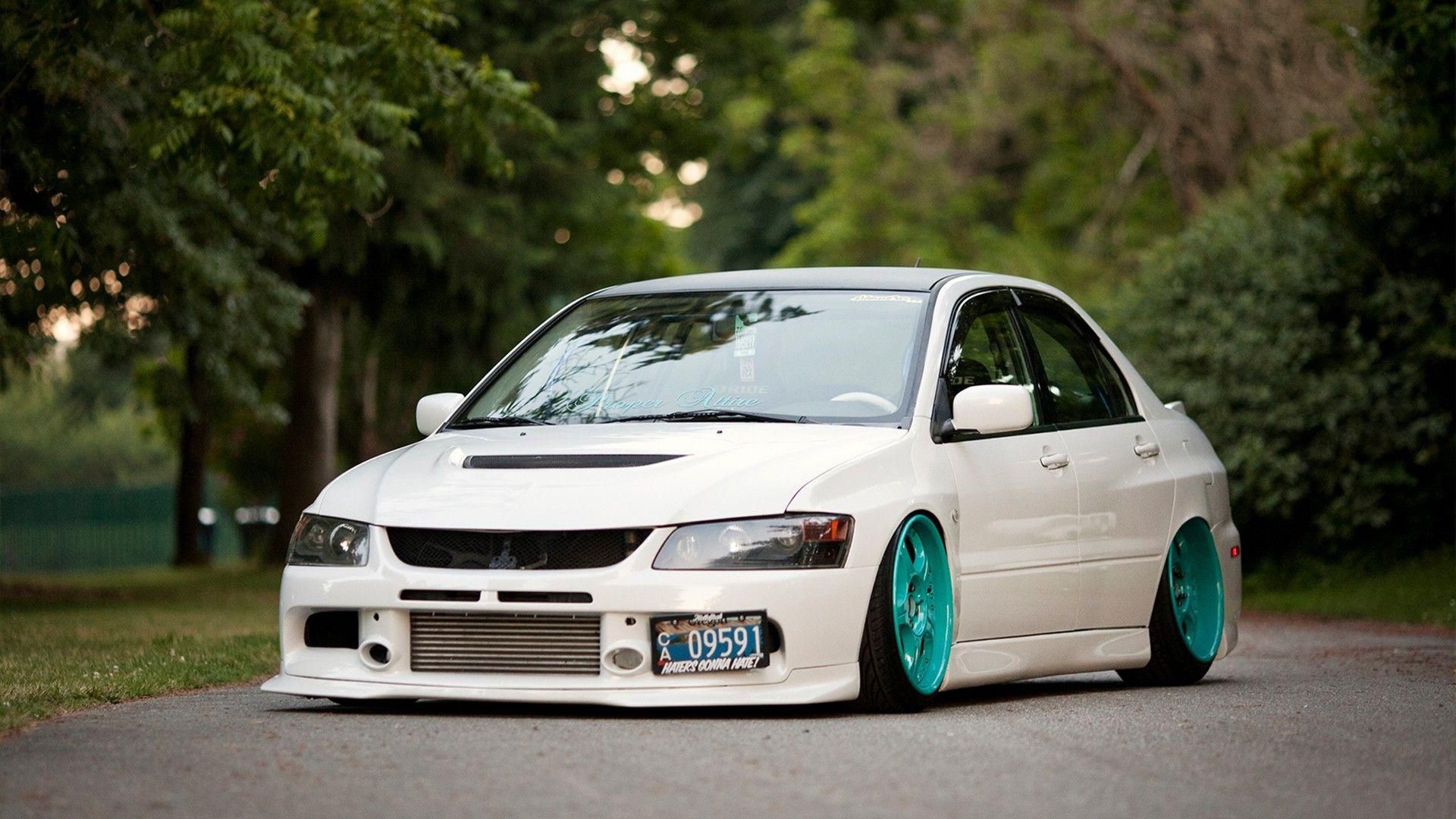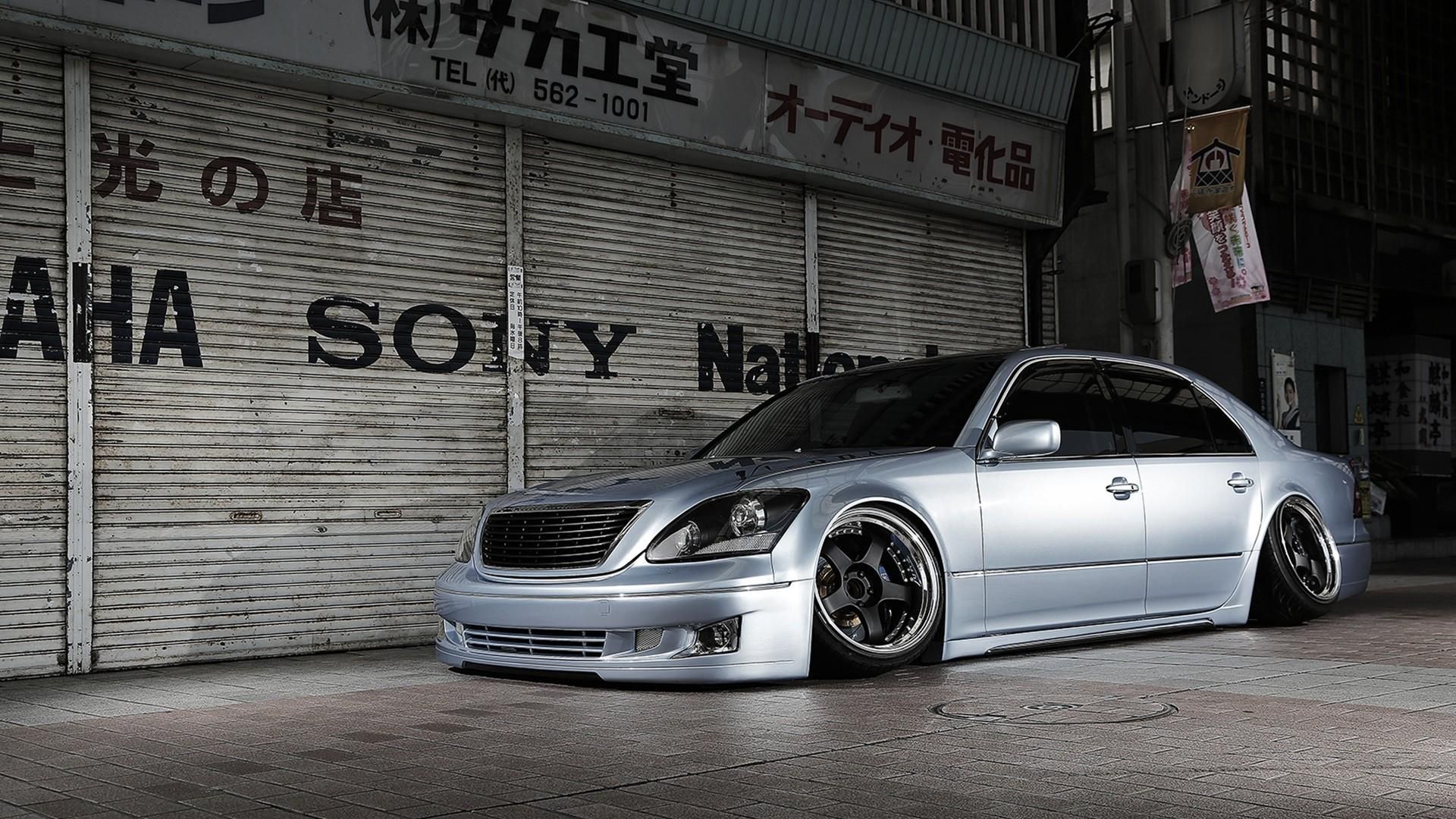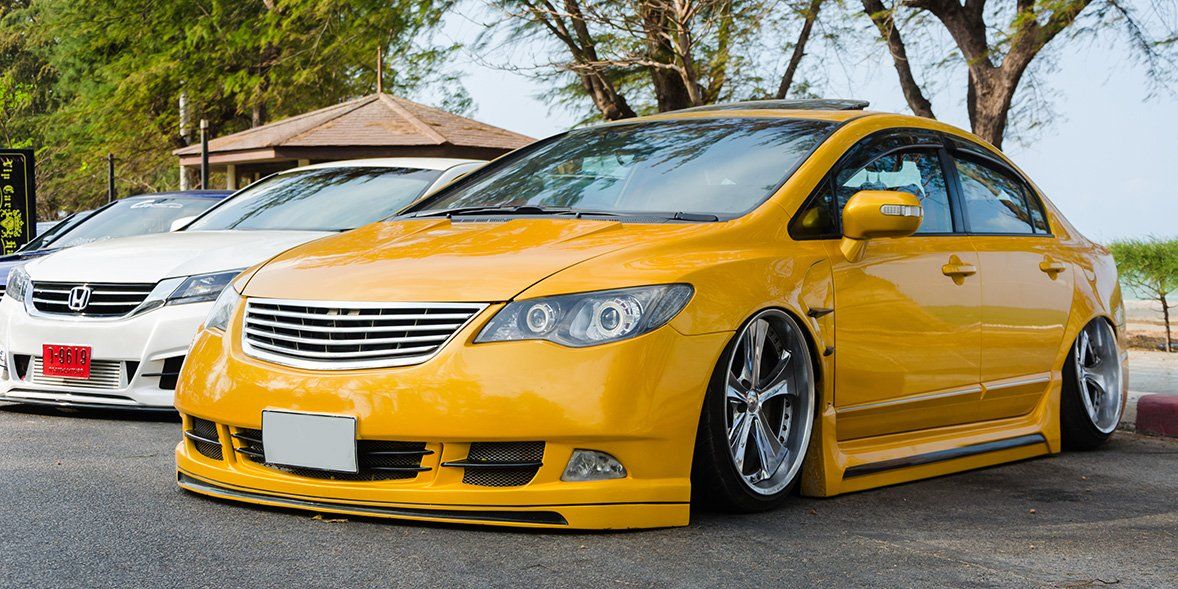The automotive world is filled with various sub-cultures and trends – from the relatively mundane trend of adding stickers to the rear window, to the outrageous world of Bosozoku cars in Japan. One of the more popular of these types of automotive cultures is the act of ‘stancing’, or lowering, your car.
There are a few ways of going about making your car lower. One of the easiest methods is to fit shorter coils to the suspension, resulting in a lower ride height. A more logical – and expensive – method is to fit the car with ‘air-ride’, or adjustable air suspension which lowers to the ground when parked, but lifts when driving.
Along with lowering the car, many owners add mountains of negative camber to the wheels to ‘make it look better’. The combination of these popular acts results in wholly ridiculous cars that may even pose a danger to the occupants and other motorists. Here are ten reasons to avoid stancing your vehicle.
10 Stancing Wreaks Havoc On Tires
Normal lowering of cars doesn’t really damage the tires – unless the tires scrape on the inside of the wheel wells. What really creates issues is that the tires get unevenly worn when they are improperly cambered.
Tires are designed to run on the outside-most tread and cambering forces the tires to use up the sidewall – a dangerous and costly exercise. The tires tear and could even split right where the tread is applied, potentially causing a dangerous blowout.
9 Causes Damage To Undercarriage
With the lowering of the vehicle, many people who stance their cars overdo it. The result of this overboard lowering is that the car basically sits on the ground, with the tires not doing much to cushion any impacts from road imperfections.
Instead, the imperfections hit and scrape the undercarriage which damages vital parts of the car. In most cases, the exhaust is the first important part that gets damaged. There are many videos on the internet showing lowered Nissans and Toyotas losing their rear mufflers after they are caught on curbs and small bumps.
8 Damages Bumpers And Skirts
Like the undercarriage damage – which may cost a lot of money to repair and replace – lowered cars may damage and completely lose their bumpers and skirts. In most cases, these parts are made from cheaper plastic, but some higher-end cars have fiberglass or carbon-fiber bumpers and skirts, which cost substantially more to fix and replace.
Most owners who have lowered cars – not with adjustable air suspension – just remove their bumpers and skirts when driving to a car meet or show. Again, there are many videos on the internet of stanced cars that crush their front bumpers and lose their rear bumpers on the smallest of speedbumps. These kinds of videos are difficult to watch, although sometimes quite hilarious.
7 Dangerous To Drive Fast
Race cars on special suspension have a certain amount of camber on their front and rear wheels to improve cornering ability. Stanced cars take this to a whole new level of silly as the over-cambered wheels are fine in a straight line, but due to the small contact patch of the tire, going around corners is extremely dangerous.
Cars with lots of power – or even a moderate amount of power – struggle to put said power down as the bit of rubber contacting the road isn’t enough to hold traction. This could result in stanced cars spinning around getting in accidents or damaging themselves.
6 Handling Is Severely Compromised
The handling of stanced cars is compromised due to the lowered suspension, cambered wheels, and stiff dampers. The stiffness of the suspension causes the tires to potentially bounce, resulting in times when the tires don’t have traction with the road surface.
As a result of all this, most owners with permanently lowered vehicles drive slowly and only take their cars to places with near-perfect roads – like the mountain passes and touge roads of Japan.
5 Compromises Comfort
Stancing decreases the overall functionality of a vehicle. The lowered suspension and higher spring rates create a rough ride – even on slightly bumpy road surfaces and imperfections such as manhole covers and tarmac repairs.
This constant and inconsistent bobbing back and forth can cause motion sickness and can become quite annoying for occupants in the long run. However, owners with air suspension do not have this issue as the springs and dampers are more softly sprung.
4 Stanced Cars Are Slower Than Non-Stanced Counterparts
Almost without exception, stanced cars are slower than non-stanced vehicles. This is mainly due to the scraping from the undercarriage. They are also much less comfortable than normal, stock cars. In many cases, owners fit smaller rims on their cars to make them fit properly with the cambered look.
Many owners also opt for stripped-out interiors, smaller race-orientated brakes, bucket seats, and rollover bars. This makes for uncomfortable daily commutes, or even just the trip driving to the shops.
3 Creates Weird Noises Due To Stiffer Chassis
Owners often upgrade their engines to either make their cars louder, but they also add in the aforementioned rollover cages, strut bars in the engine bay, and reinforcement in the trunk. The gutted interior also leaves lots of connections behind, resulting in all sorts of noises.
As a result of all this modification, stanced cars squeak, rattle, bounce, rub, and scrape down the road. All-in-all, this makes for a completely terrible automotive experience – yet many people do it as it is popular.
2 Stance Increases Stopping Distance
Stopping distances are important and in the US, the required stopping distance is 315 feet – quite a long way. Most new cars though, adhere to the gentleman’s agreement of around 120 feet from around 70 MPH.
With stanced cars, sporting cambered wheels, and less traction, the stopping distance vastly increases. This is due to the amount of stopping power not only being defined by the actual brakes but also by the contact patch of the tire on the road. A higher grade of tire compound would stop better than a regular vehicle tire, but a tire that just has mostly sidewall making contact with the road is not exactly ideal.
1 In Most Cases, Stancing Looks Ridiculous
Stancing is a trend, now followed by massive communities all over the world. Owners modify their cars to compete in stancing competitions and for car shows – from cheap models like the tiny Japanese Kei cars to high-end supercars like McLarens and even GT cars like Bentleys.
In most cases of stanced cars, owners try to outdo each other with their modifications, often leading to their vehicles looking absolutely ridiculous. This is especially evident when stancing is incorporated with other automotive trends like Japan’s Bosozoku or the US’s Lowrider culture. While stancing remains a popular automotive trend, it is an utterly silly way to ruin a perfectly good car in more ways than one.


